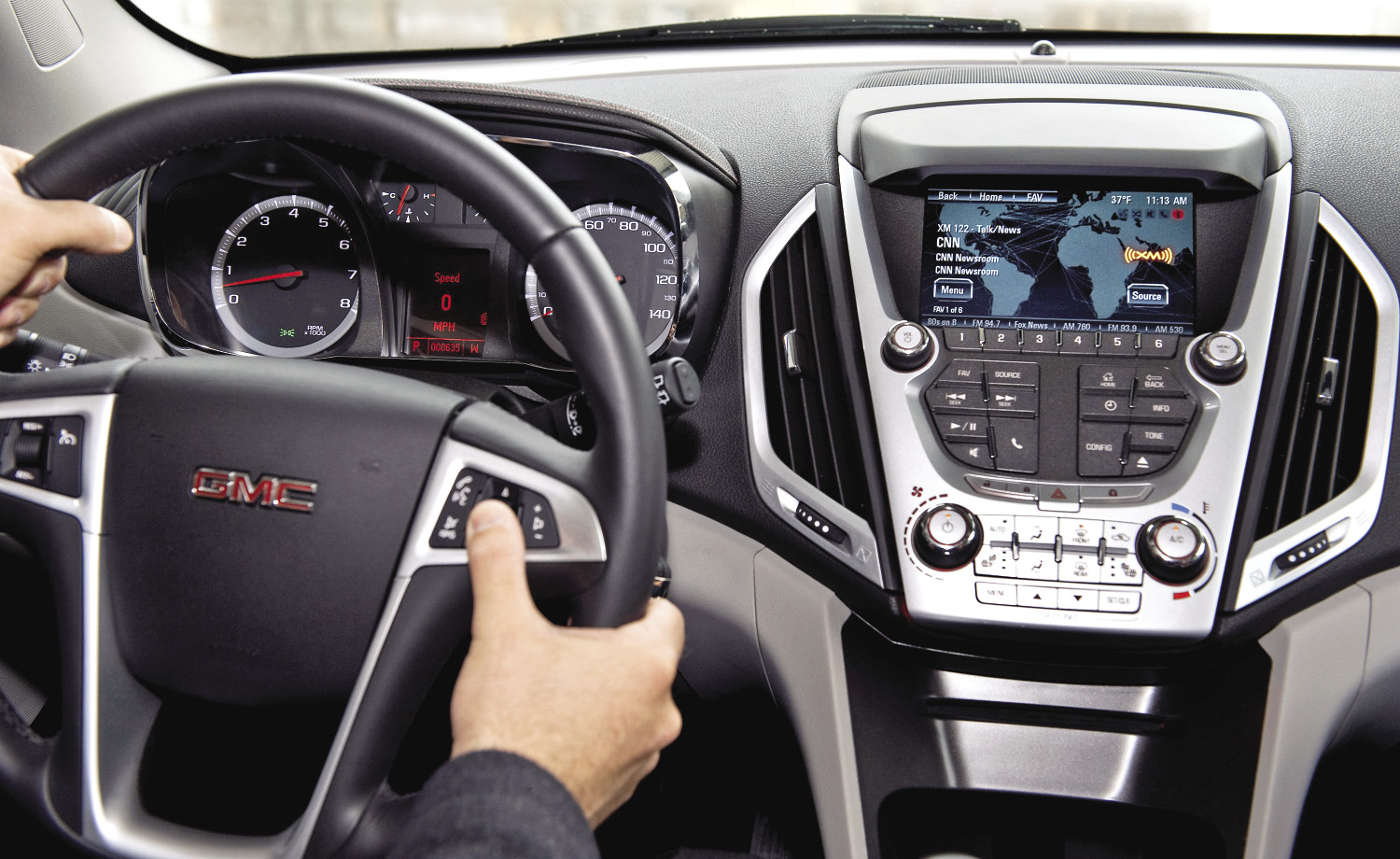Years ago, cars simply got people from point A to Point B. With the invention of the “fitted radio” by Galvin Manufacturing Corporation (later known as Motorola) in 1930, everything began to change. The mobile electronics industry has evolved quickly during the 20th Century, progressing steadily from simple stereos to highly technical systems and all sorts of other space-aged technologies.
Modern vehicles are equipped with technologies that allow better control of vehicle dynamics and performance. They play a multitude of digital media formats enabling better, safer personal communications via hands-free calling, voice-to-text and even automatic responses when paired with a smartphone or other device. Mobile electronics now encompass entertainment and lifestyle functions – there’s no limit to what the future holds.
Music has become paramount for driving lifestyles. Radios, 8-track, cassette players and even CDs have been replaced with HD Radio, USB flash memory and mobile devices that allow us to stream music wirelessly via Bluetooth. Companies like Mosconi have developed products to take advantage of this technology, with the award-winning 6to8 DSP (digital signal processor) for wireless system tuning. Tweaking a high-end audio system has never been easier or more fun.
Bluetooth has changed the way we use mobile electronics. Along with wireless music and tuning capabilities, it allows us to safely use vehicle displays for navigation, phone contacts and voice calls without using our hands. People with diabetes can even monitor their glucose level by pairing devices with their vehicle!
Going one step further on wireless control, Ford has led the way in voice control with the Microsoft Sync system. The Sync 911 assistant even calls emergency response teams if you are in accident and can’t do it yourself. Others have since developed their own voice control products, including Chrysler’s Uconnect, GM’s IntelliLink, and the Lexus Voice Command.
Hyundai also had an impressive showing at both the 2013 CES and NAIAS shows with their voice, gesture and eye control HCD-14 Genesis Concept. Developed by Tobii in Sweden (http://www.tobii.com), this technology works similar to the Xbox 360 Kinect – look at the climate control display and move your hand upward and the air to make the vehicle warmer – it’s that simple. In the future we won’t even need buttons to change our audio system, temperature, seating position and more!
Heated and cooled seats are another convenient feature and high-end manufacturers like Mercedes-Benz have taken it further, with features like built-in seat massages for mobile stress relief. While these technologies could be viewed as extravagant things, they could also be re-purposed to function as necessary things. Consider a future family vehicle that could use massage, lighting and noise-cancelling technologies to help children drift away at nap time. Trust me future parents, you will appreciate something like this in years to come!
With current lifestyle trends leaning towards personal health and wellness, we see new devices that monitor your overall health via handheld devices. Imagine driving down the road listening to your favorite tune when suddenly you start to feel a pain in your chest. You think to yourself, 'It's just heartburn,' but then your car tells you, “Mr. Doe, your heart rate is elevated and your vitals are showing a possible emergency. Please relax and use the oxygen that has deployed from the roof.” An Aspirin appears to you via the command system and your car takes over driving duties, taking you to the hospital which is notified of your status.
Ford is currently developing new technologies like the heart rate-monitoring smart seat similar to what’s described above, with touchless sensors built right into the seat material.
It’s possible with current Bluetooth technology that data could be uploaded from your vehicle to emergency responders for immediate help. While autonomous cars are a decade away according to many experts, the above scenario is a very real possibility.
Vehicle entertainment used to pertain solely to audio upgrades to your head unit and speakers. Ongoing innovations have lead to more ways to listen to your tunes and extended to vehicle safety and even lifestyle management. Cool gadgets and toys are one thing, but OEM car manufacturers and aftermarket mobile electronics manufacturers are making great strides in developing converging technologies that not only monitor your personal well-being, but might actually save your life.
The future of mobile electronics looks as vibrant as ever and, with no shortage of human conditions to cater to, will surely find new ways to make our lives better.
Related Articles
 Formula DRIFT Long Beach 2025 Round 8: Shoreline Showdown
Formula DRIFT Long Beach 2025 Round 8: Shoreline Showdown
 What Should We Look For At SEMA 2025?
What Should We Look For At SEMA 2025?
 Unitronic FeatureBox Lets You Control Your VW or Audi from Your Phone
Unitronic FeatureBox Lets You Control Your VW or Audi from Your Phone
 Chopping Block: Lexus LS
Chopping Block: Lexus LS
 2026 Honda Prelude makes its North American debut
2026 Honda Prelude makes its North American debut
 Lexus IS gets a refresh for 2026
Lexus IS gets a refresh for 2026





